15 dBi Gain, 1 GHz to 2 GHz, Multi Octave Horn Antenna OBH-1020-15
Original price was: $6822.$5799Current price is: $5799.
Gain: 15dBi.
VSWR: 2Typ.
OBH-1020-15 Ultra wide-band dual ridged horn antenna provides easy excitation, high gain, directivity performance, and high power handling capabilities.
This Ultra wide-band dual ridged horn antenna is suitable for television broadcasting, deploying cellular communication systems and public safety communication systems
- Description
- Datasheet
- Outline
- Reviews (0)
Description
Waveguide flares act as sectoral E-plane horns, with two wedges placed between the flares, enhancing the signal’s propagation. The radiating section is a pyramidal horn, designed to match the double-ridged waveguide with free space, ensuring high gain and low return loss.
This antenna’s design provides advantages such as easy excitation, high gain, directivity performance, and high peak power handling capabilities. It guarantees a bandwidth gain of about 15dBi across the entire band, ensuring steady gain in the dual-frequency band, unlike traditional horn antennas. The specially designed taper for the ridges in the horn ensures smooth impedance variations, optimizing the antenna’s performance. Additionally, comprehensive test data is provided, including antenna direction coefficients, Gain, VSWR, and direction maps, which users can input into their systems for precise testing. Despite its high performance, the antenna is lightweight, weighing only 3.2kg, thanks to its weight-reducing structure, and supports Linear polarized waveforms.
OBH-1020-15 is a versatile tool suitable for several key applications. First of all, ts lower frequency range makes it ideal for television broadcasting, supporting UHF/VHF communications commonly used in over-the-air TV services. It is also highly effective for testing and deploying cellular communication systems, including 2G, 3G, and 4G LTE networks. This antenna is frequently used in IoT (Internet of Things) and LPWAN (Low Power Wide Area Networks) applications, such as LoRa, NB-IoT, and Sigfox, where lower frequencies enable longer-range communication and lower power consumption. The antenna is also well-suited for EMC testing in lower frequency ranges, ensuring compliance with regulatory standards for devices operating in these bands. Additionally, it is valuable for public safety communication systems, including networks for police, fire services, and emergency communication, making it ideal for testing such critical devices .Multi Octave Horn Antenna https://www.rfecho.com/product-category/rf-antenna/multi-octave-horn-antenna/
Multi Octave Horn Antenna Specifications |
|
|
15 dBi Gain, 1 GHz to 2 GHz |
|
|
OBH-1020-15 |
|
Property |
Value |
|
Min. Frequency (GHz) |
1 |
|
Max. Frequency (GHz) |
2 |
|
Gain(dBi) |
15 |
|
VSWR (Max.) |
2 |
|
Polarization |
Linear |
|
Cross Polar Isolation (dB) |
25 |
|
Impedance (Ω) |
50 |
Features |
|
|
Linearly Polarized High Gain, Low VSWR |
|
|
Individually Calibrated |
|
|
Linear Polarized with High Polarization Purity |
|
Applications |
|
|
EMI detection, orientation, detection |
|
|
Antenna Gain and Pattern Measurement |
|
|
Communication system |
|
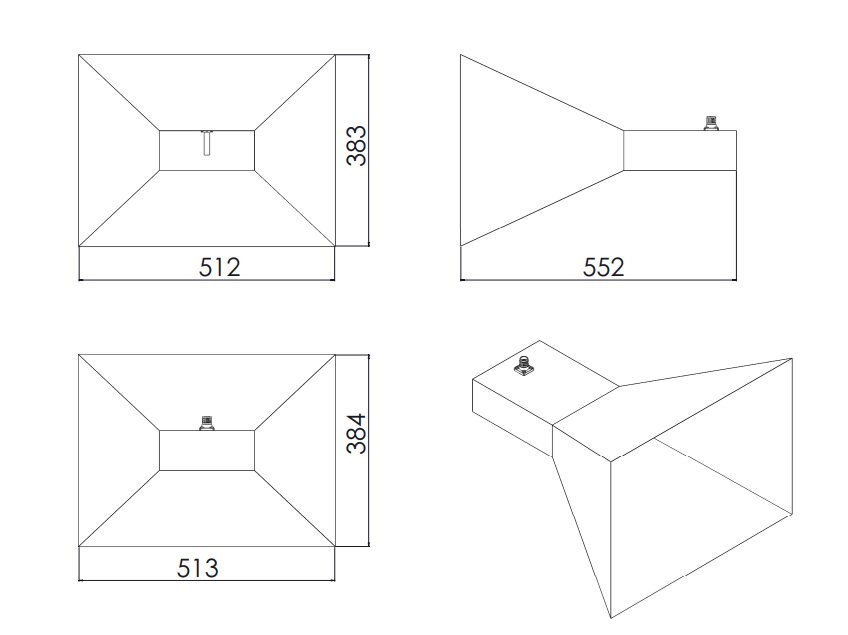




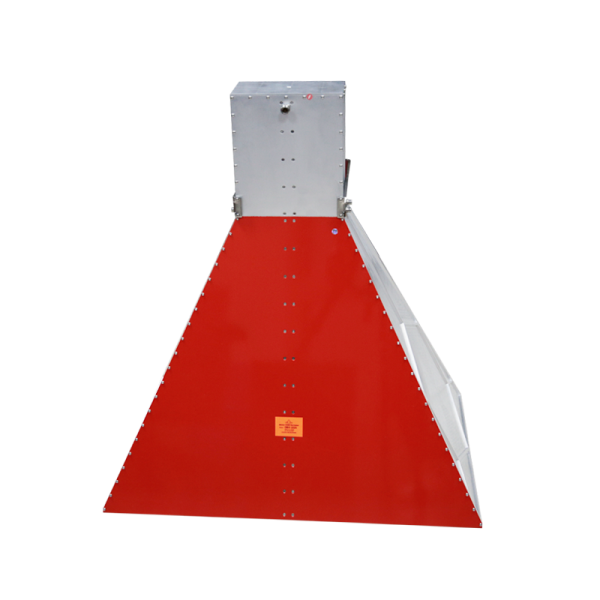
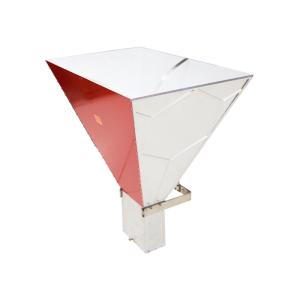
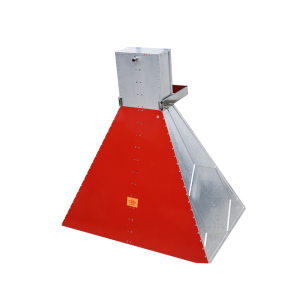


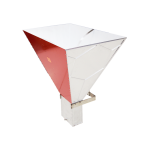
Reviews
There are no reviews yet.